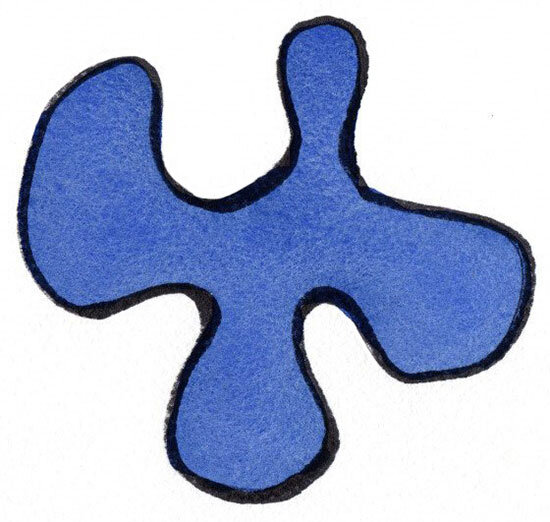Painting from the Inside Out
Whenever we begin something new, there’s a learning curve. Sometimes it’s steep, sometimes it’s just a bump in the road.
Learning to paint is no different — except some of us have horror stories of harried teachers being brutal regarding our youthful creations.
So, we try harder. We focus, we clench.
We hold the brush as if our life depended on it.
Back when we were little, our parents encouraged us to color inside the lines.
It took time, but we successfully filled in lots of coloring books.
What if you’re taking a class, you’re learning to paint, and you have to draw the images to be painted?
YIKES!
It’s okay to be nervous. It’s okay to wish you could go back to coloring inside the lines.
Resist this urge!
Beginning watercolor students often start by painting next to the outside lines of their shapes.
They paint the outside of things before filling the inside.
This gives them a sense of security that the painted shapes will be clear, crisp, & recognizable.
Their shapes will be “just right” (cue Goldilocks & the Three Bears).
Did you know that watercolor paint begins to be absorbed into the paper as soon as the brush makes contact?
It’s true.
While you’re busy painting the outside edges, the inside has begun to dry.
By the time you paint the inside, it doesn’t match the outside.
Instead, start to paint inside your shape.
When you begin to paint from inside the shape to the outside edges, the inside stays fluid and matches the outside.
By keeping your brush in contact with the paper for as long as possible, you achieve a smooth application of paint.
Smooth paint helps us feel the gentle, serene flow of the painting.
Sometimes, when you start to paint the inside and work your way to the outside, the edges get a little sloppy.
That’s okay.
The more often you paint from the inside out, the faster you’ll understand that the inside doesn’t need finessing.
Paint your inside with the confident speed of anticipation & joy.
By quickly painting the inside, you’ll have more time to give to the outside.
The outside edges respond well when we slow down to give them the attention they deserve.
We’re not so very different from our paintings.
When we care for our inside, our outside — the bits that interact with the world — can relax.
Our Inside provides a solid foundation for our outside.





